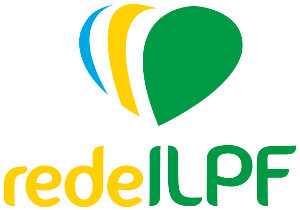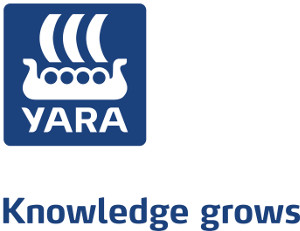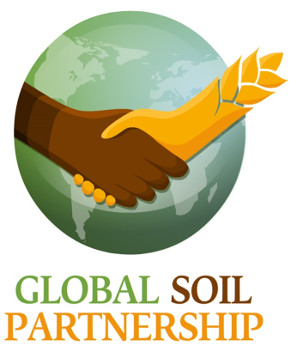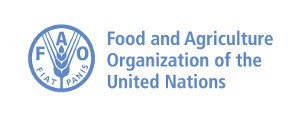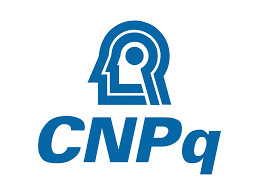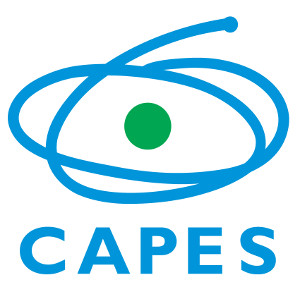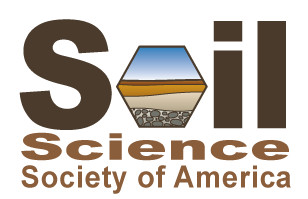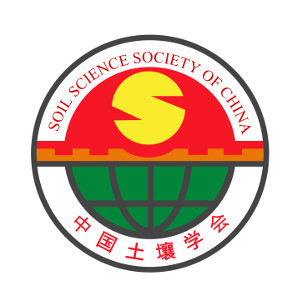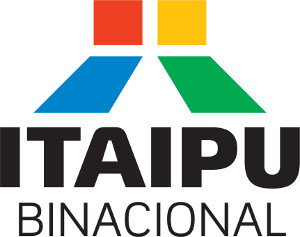Abstracts topics
C1.1 - Soil morphology and micromorphology
C1.1.1 - Using soil morphology and micromorphology indicators of soil health
soil morphology and micromorphology can effectively be used for the diagnosis of the soil quality status regarding its ability for performing multiple functions as e.g. crop production, biodiversity conservation or resilience in front of climate change and other impacts.
C1.1.2 - Structural indicators of soil quality using X-ray computed tomography
objective of this symposium is to bring together scientists who are working on various aspects of x-ray CT image processing and analysis (especially those involved in segmentation, morphometric and spatial analysis), with those working on soil quality (particularly structural aspects), to present and discuss recent advancements and tendencies, and identify current needs and opportunities.
C1.1.3 - How to use micromorphology to understand palaeosols and polygenetic soils?
objective of this session is to encourage colleagues to present examples that may teach us how to identify (micro)morphological properties of palaeosols and polygenetic soils that can be used as indicators of palaeo-environmental conditions.
C1.2 - Soil geography
C1.2.1 - The geography of soils in a changing world
The main objective of this session is to bring together scientists, both from the different regions of the world and all kinds of disciplines in soil science, involved in research on the dynamics of spatial changes in the geography of soils at large to exchange research findings and discuss future concepts on the topic.
C1.2.2 - Remote sensing applied to soil science
The objectives are to report on development of: updating of applications of remote sensing in Soil Science; soil remote sensing data analyses by chemometric methods; integration of the multi and hyperspectral sensors data for soil science; use of the remote sensing data in digital soil mapping, precision agriculture, soil attributes prediction, land use, soil monitoring and soil environment impact; available platforms and data bases for soil remote sensing studies; and integration of remote sensing with soil science.
C1.3 - Soil Genesis
C1.3.1 - Soil-forming processes and their transformation under human impact
The objectives are to discuss (a) research results of the soil-forming processes in different regions of the world, (b) transformation of soil processes under different kinds of human impact, (c) pedogenic processes modeling, (d) evaluation of pedogenic processes rates and characteristic times of the formation of different soil properties and diagnostic horizons.
C1.3.2 - Soil pedogenesis and diversity in extreme environments
To bring together for the first time at World Soil Congresses the specialists who work with soils in extra cold and extra dry climates, on toxic and extra poor substrates, in extraterrestrial conditions, subaquatic soils and with those strongly disturbed by human activities - urban soils, deep-water rice growing, etc. To find pathways for development of common approaches for studies of soils in extreme environments.
C1.3.3 - Anthrosols - the human constructed soils
These soils have been identified and described in all continents, and they are well documented in some regions, such as The Netherlands and Amazon. The objective of the symposium is to promote discussion with researchers working with different types of Anthrosols and aspects related to their functioning: biodiversity, culture, provisioning/support, regulation of CO2 and pollution, productivity, etc. This symposium aims to present and discuss the advancements of knowledge on Anthrosols as well as the taxonomic criteria, the comparison with Technosols, and aspects of their genesis that in many cases create a recalcitrant soil fertility.
C1.4 - Soil classification
C1.4.1 - Soil systems and soil classification - their links and feedbacks
The overarching objective of this symposium is to encourage soil taxonomists to expand their expertise and work with environmental modelers, and vice versa. To that end, this symposium will explore how soil taxa expressed as polygons on the landscape are linked to each other, how they impact the flow of water, nutrients, and pollutants through the landscape, how they interact with ecology, and how they change with human land use.
C1.5 - Pedometrics
C1.5.1 - Global soil carbon modeling
This symposium is to bring together scientists from the soil science and global change community involved in global soil carbon modelling.
C1.5.2 - Crucial techniques for the critical zone: Soil morphometrics, monitoring & modeling
This symposium focus on the cross-pollinations between the research areas of soil evolution modelling, sampling and monitoring and morphometric methods. The objectives of the session are to discuss (i) how computationally expensive simulation models can be efficiently fed with space and time representative inputs, thus what sampling and monitoring designs are appropriate; (ii) what options for model calibration and validation are feasible when only the final (current) state of the soilscape system is measurable; (iv) how the time-depth of model evaluations can be improved by sampling for time-integrated variables (like OSL, Radionuclides); and (v) how soil morphometrics can contribute to the characterization of depth profiles of variables that describe soil evolution.
C1.5.3 - Reconciling pedometrics and pedology
This symposium is intended to bring together scientists both from pedometrics and pedology to create a synergy on advancing soil resource management.
C1.6 - Paleopedology
C1.6.1 - Human-environment interactions recorded in soils and palaeosols
The objective of this session is to arrange a sequence of talks and posters, showing which features in soils and palaeosols reflect former human environment interactions, and the methods appropriate for detecting and interpreting these interactions as recorded in soils and palaeosols.
Working Groups
WG01 Cryosols: Progress in understanding the dynamic soils of colder regions
To bring together global experts and newer Cryosol researchers to share the latest research and information on Cryosols including, soil properties and processes, potential changes, and vulnerability of Cryosols to both potential human impacts and potential changes in soil climate regime.
WG02 Digital soil mapping: Progress in digital soil mapping
The Symposium aim on presenting the recent advance in Digital Soil Mapping techniques and results from the Global Soil Mapping project
WG03 Digital Soil Morphometrics: Soil imaging and image analysis at multiple scales
The objectives of this symposium are: (i) to identify systems, hardware components and software tools for generating data and extracting information, and (ii) to bring together relevant field-based and remote sensing practitioners and researchers with soil scientists working on linking morphological descriptors with soil characteristics. (iii) to investigate how these technologies increase our pedological understanding and can assist in rapid soil classification.
WG04 Global Soil Map: Progress and challenges
The objectives of this symposium will be to provide a review of the state of the art related to GlobalSoilMap. The symposium will review the specifications and the state of progress of GlobalSoilMap products delivery. The communications will present some examples of such products and review their differences according to the data and the model used, their geographical coverage and their uncertainties. The symposium will focus on three important issues: (i) issues related to time, (ii) issues related to uncertainty, and (iii) merging predictions.
WG05 Proximal soil sensing (PSS)
The objectives of the symposium on proximal soil sensing will be to report on the development of: state-of-the-art soil sensing technologies; modern statistical methods for analyzing soil sensor data; methods for multi-sensor data fusion; and methods for sampling and fine resolution digital soil mapping using sensor data
WG06 Soil Monitoring: Soil monitoring evolving tools and challenges
The objectives of this symposium will be to provide a review of the state of the art related to Soil Monitoring. Special attention will be paid to the issues related to the use of new techniques or proxies for monitoring, to recent advances in cost effective sampling designs and harmonization issues.
WG07 Universal Soil Classification: Progress for the development of a Universal Soil Classification System
The objectives of the symposium are to provide an overview of the history and progress of the development of a Universal Soil Classification System. Key items to be presented are progress on the compilation of a universal set of horizon nomenclature (designations and definitions), progress in the development of a surface horizon classification system, information for development of global moisture and temperature regimes, data development for hydromorphic, tropical, salt affected and cold soil groups and a numerical approach to a universal soil classification system utilizing a data centroid approach.


